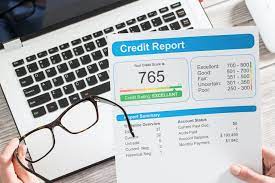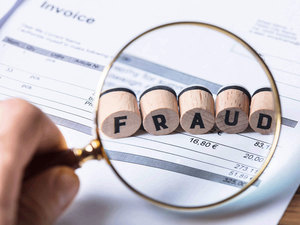In India, generally Credit Report is considered as CIBIL Report, and it has been taken as a synonym to Credit Report. Most people have a Credit Report and that is an important factor before making a decision for lending. Let’s see what a Credit Report and what information they contain in it. What is a Credit Report?
Credit Report is a summary of information about all your existing and past credit accounts. Credit accounts include everything from credit cards to mortgages, student loan repayments and any other loan that is reported to these credit bureaus.
Your report also contains your personal information like PAN, Passport ID, Voter ID, Date of Birth, Contact Details and Current and Previous Addresses.
Included in your credit report is a historical record of how and when you pay your bills, how much debt you have undertaken, and how long you have been managing credit accounts.
Lenders and other companies may use your credit report to learn more about your previous borrowing experience, which helps them to make decisions about granting you credit. Credit reports are also used to calculate your credit scores, verify your identity and for other purposes within certain limits defined under CIC Act.
Most people have more than one credit report. Credit reporting companies, also known as credit bureaus or consumer reporting agencies, collect and store financial data about people that is submitted to them by creditors, such as lenders, credit card companies, and other financial companies. Four Major Credit Reporting Bureaus keep track of the credit reports of more than 200 million Indians, and they are TranUnion CIBIL, Experian, Equifax and CRIF High Mark.
Creditors may weigh the various aspects of your credit history differently, but each one is hoping to answer the same question – If I give this person a loan or extends him/her credit, is he/she trustworthy enough to pay me back?
A Credit Report has two primary objectives:
· To capture and collate all details pertaining to an individual’s
· To generate a score based on the account details.
Now we know what a credit report is. Let’s understand what information we have in a credit report.
Information in Your Credit Report
The information stored in your credit file at each bureau is essentially the same, but each bureau organizes the data differently, and each bureau formats its credit report in its own unique way. A typical credit bureau report consists of four sections:
(A) Credit Score
The credit score represents the creditworthiness of an individual and is the statistical outcome of the interaction of several parameters. It takes into account the historical data of the individual and the knowledge acquired through extensive analysis of the data available with the credit bureau.
(B) Personal Details
· Name/DOB/Gender
· All addresses that have been reported by an individual (office and residence)
· All contact numbers (mobile and landline) and Emails
· All government identity that have been furnished to bank/financial institution
(C) Account Details
· Bank/Lender’s Name and Type of Loan
· Account Number
· Loan Amount and Interest Rate
· Current Balance and Start Date
· Close Date (If already Closed)
· Current Status (Open/Closed/Written Off/Settlement)
· Repayment history for the last 36 months
(D) Inquiries
· List of all banks/lending institution requested for data of an individual
· Product inquired for (such as personal loan, credit card, home loan, and other credit facilities)
· Amount applied for
Types of Credit Report
Now we are aware about credit reports and what information is there inside a credit report. Credit Report is classified in 2 types.
1. Individual Credit Report
2. Company Credit Report
1. Individual Credit Report
· Individual Credit Report is kind of an analysis of a person’s credit files, to determine the creditworthiness of an individual.
· Lenders check Individual Credit Report before proceeding for Loan or Credit Card approval of an individual’s application.
2. Company Credit Report
· Company Credit Report is a report based on the paying history of the Company to identify the company’s creditworthiness, which shows investors the likelihood of a company defaulting on its debt obligations or outstanding bonds.
· Your past payment behavior is a strong indication of your future credit activity.
· It is therefore important to understand that loan providers rely heavily on the CCR to evaluate and approve loan applications.
We hope these will give some glimpse related to your Credit Report and when you have your Credit Report in your hand, you have some basic idea what to see and what to not.








